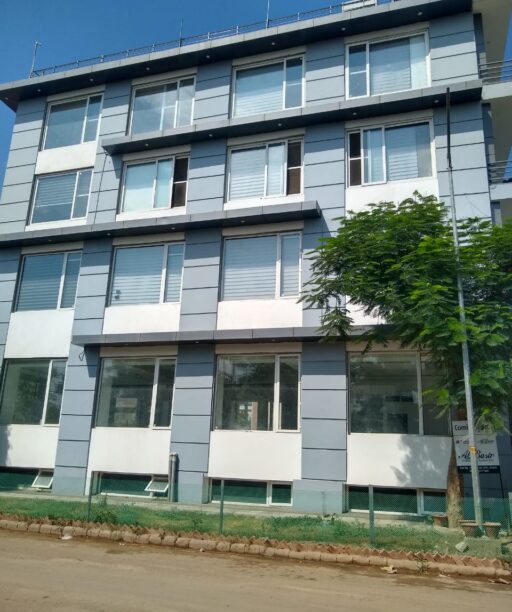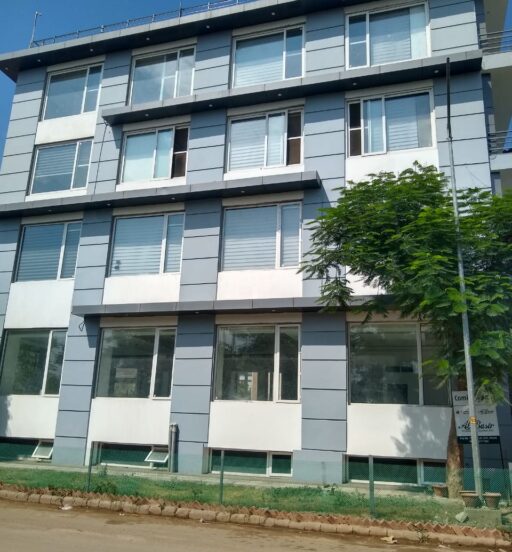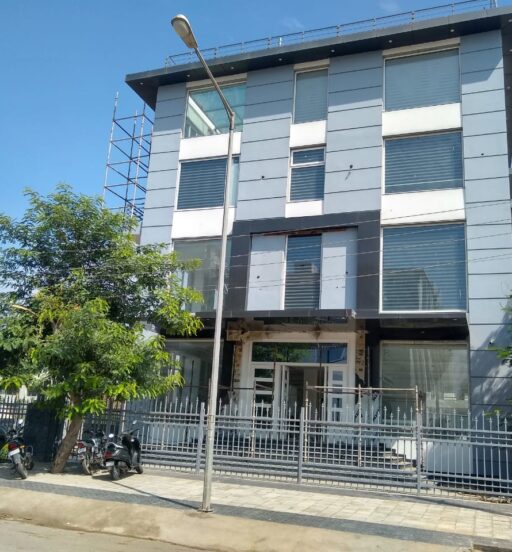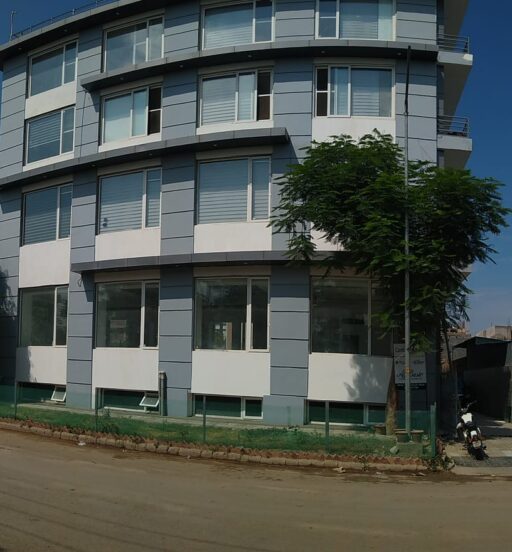Kashmir is called “Heaven on Earth” and its beauty completely justifies the title that has been given to it. The word Kashmir is thought to have been derived from Sanskrit and was referred to as káśmīra. A popular local etymology of Kashmira is that it is land desiccated from water. Though the entire Kashmir is a place to explore, we will put some light on the most famous places of Kashmir that you must definitely travel to.
1. HAZRATBAL

Literally meaning “majestic palace”, Hazratbal Shrine in Srinagar, Kashmir is one of the most respected and important Islamic shrines in India. The shrine takes its name from the Urdu word “Hazrat” meaning respected and the Kashmiri word “bal” meaning place. The name itself suggests the kind of respect and admiration that the people have for this hallowed shrine. Moreover, it is widely believed that the shrine houses the Moi-e-Muqqadas, that is, a hair of the Prophet Muhammad. Here’s a lowdown on the awe-inspiring history and architecture of the Hazratbal Shrine.
HISTORY:
This place is located by the banks of the picturesque Dal Lake, this shrine has a rich and interesting history that can fantasize anyone. The majestic shrine dates back to the 17th century, when a subhedaar of Shah Jahan, Sadiq Khan, commissioned a garden on the bank of the Dal Lake and built a royal building by the name of Ishrat Mahal.
Later, this place turned into a prayer house and today it attracts visitors not only for its religious importance but also for its beauty and grace. If you plan to visit Srinagar this summer, you can take advantage Albasir travel services.
THE ARCHITECTURE:
The Hazratbal Shrine flaunts a Mughal and Kashmiri style of architecture, which makes this shrine truly gorgeous and captivating. Snow-covered Himalayas in the back-drop add to the beauty of shrine and leaves the viewer speechless with its beauty. It is one of the best tourist attractions of Srinagar. The places is surrounded by beautiful greenery and heavenly ambience. If the Islamic Culture, Religion, And Architecture fascinates you, you must pay a visit to this beautiful place.
2. GULMARG

Situated in the Pirpanjal Range in the western Himalayas, Gulmarg town is a hill station and a popular skiing destination and a notified area committee in Baramulla district in the Indian state of Jammu and Kashmir.
HISTORY:
The place was originally names Gauri Marg by the regional shepherds in the honour of Hindu Goddess Parvati. Then the resort’s name was changed to Gulmarg by Sultan yusuf Shah of Chak Dynasty that means the “Meadow of Flowers”.
BEST THINGS TO DO:
Hunting and golfing are the favourite pastime at Gulmarg. There are three golf courses and one among them is exclusively for women. After the end of London colonial rule, Gulmarg became a part of the independent princely state of Jammu and Kashmir. To ensure the accession of the princely state, Pakistan planned an invasion of the state called Operation Gulmarg.
GULMARG IN AUGUST 1969:
The rise of militancy in Jammu and Kashmir affected tourism in Gulmarg in the 1990s. With the decrease of terrorism in the area, tourism started to increase in late 1990s. Soon after that in 1988, the government commissioned the Work on the cable car project between Gulmarg and Apharwat Peak but was subsequently abandoned due to militancy in 1990, was resumed in 1998. In May 1998, Phase 1 of the project began its commercial operation between Gulmarg and Kongdori. In May 2005, Phase 2 of the project was also inaugurated making it one of the longest and highest rope ways of Asia. The chairlift installed as a part of Phase 3 of the project began its operations in 2011. India’s National Winter Games were held in Gulmarg in 1998, 2004 and 2008. In 2014, Government of Jammu and Kashmir drafted a Master Plan–2032 for Gulmarg. The plan includes development of a solid waste treatment plant on 20 acres of land close to Gulmarg.
GEOGRAPHY:
Gulmarg is situated in a cup shaped valley in the Pir Panjal Range of the Himalayas, at an altitude of 2,650 m (8,694 ft), 56 km from Srinagar. The soil in Gulmarg comprises glacial deposits, lacustrine deposits and moraines of pleistocene era covering shales, limestones, sandstones, schists and other varieties of rocks. The natural meadows of Gulmarg, which are covered with snow in winter, allow the growth of wild flowers such as daisies, forget-me-nots and butter cups during spring and summer. The meadows are interspersed by enclosed parks and small lakes, and surrounded by forests of green pine and fir. Skiing and other winter sports in Gulmarg are carried out on the slopes of Apharwat peak at a height of 4,267 m (13,999 ft). Many points on Apharwat peak and Khilanmarg offer a panoramic view of Nanga Parbat and Harmukh mountains.
DEMOGRAPHICS:
At the 2011 Indian census, Gulmarg had a total population of 1,965 over 77 households. Male population in the town stood at 1,957 while there were only eight females and no children between the ages of 0 and 6 years. Gulmarg had an average literacy rate of 99.24%, compared to the state average of 67.16%, of which male literacy was 99.23% and female literacy was 100%. Scheduled Castes and Scheduled Tribes constituted 0.61% and 0.15% of the population respectively. Gulmarg has few permanent residents with most residents being tourists or those involved in the tourism industry. Gulmarg is also a destination for nomadic Gujjar and Bakarwal tribes which migrate to upper reaches of Himalayas during summers in search of pasture.
TOURISM:
Gulmarg Gondola is also featured in CNN for its tourism. According to CNN, Gulmarg is the “heartland of winter sports in India” and was rated as Asia’s seventh best ski destination. You can visit the town from Srinagar by road via Tang Marg. The road climbs uphill in the last 12 kilometres to Gulmarg passing through forests of pine and fir. Winter sports like skiing, tobogganing, snowboarding and heli-skiing take place on the slopes of Mount Apharwat reachable by a Gondola lift.
GULMARG GANDOLA:

The Gulmarg Gondola has been build by a French Company Pomagalski and it is one of the highest gondolas in the world reaching 3,979 meters. It has two-stage ropeway that ferries about 600 people per hour to and from Gulmarg. It also has a chair lift system connects Kongdoori with Mary’s shoulder for taking skiers to higher altitude. The high inflow of tourists has had an effect on the fragile eco-system of Gulmarg and activists have demanded tightened regulation to save the environment of the area from over tourism.
CULTURE:
Gulmarg has been on of the most favoured shooting locations in many Bollywood films like Bobby, Jab Tak Hai Jaan, Yeh Jawaani Hai Deewani, Highway, Phantom, Haider, etc. A scene in Bobby was shot in a hut in Gulmarg that later come to be known as ‘Bobby Hut’.
An annual three day function takes place in Gulmarg, which is popularly known as the “Gulmarg Winter Festival”. Artists of various fields take part in this festival in which they are given the opportunity to showcase their art to the visitors from all around the world.
NOTE: Please don’t hesitate to call our Travel advisor for any kind of help & advice. Our contact information is: Mobile no: +91 9463 777 888, {9am to 6pm} or mail us: info@albasir.in.
LAST UPDATED: 14-06-2022, By Sheikh Abdul Rouf


















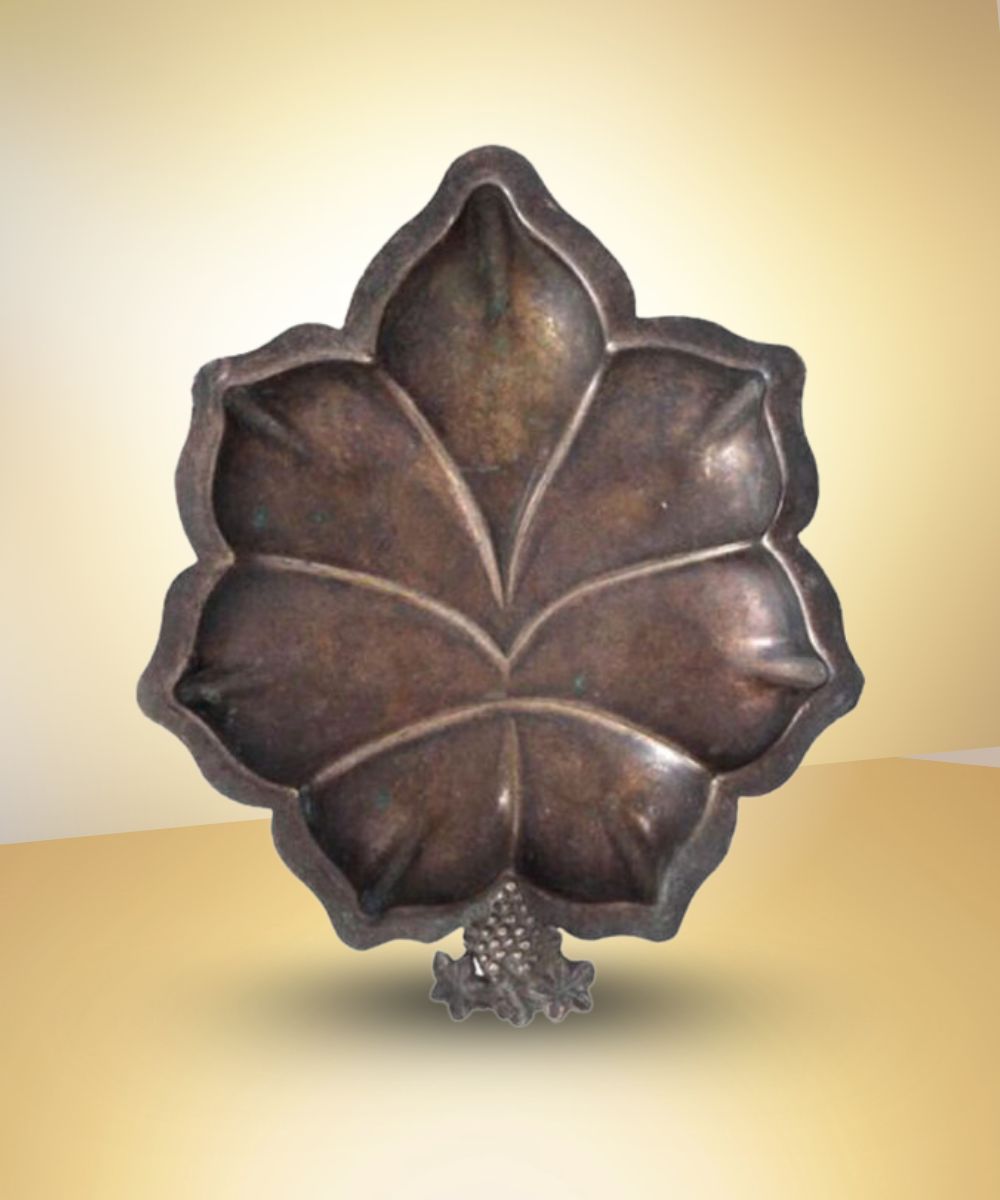






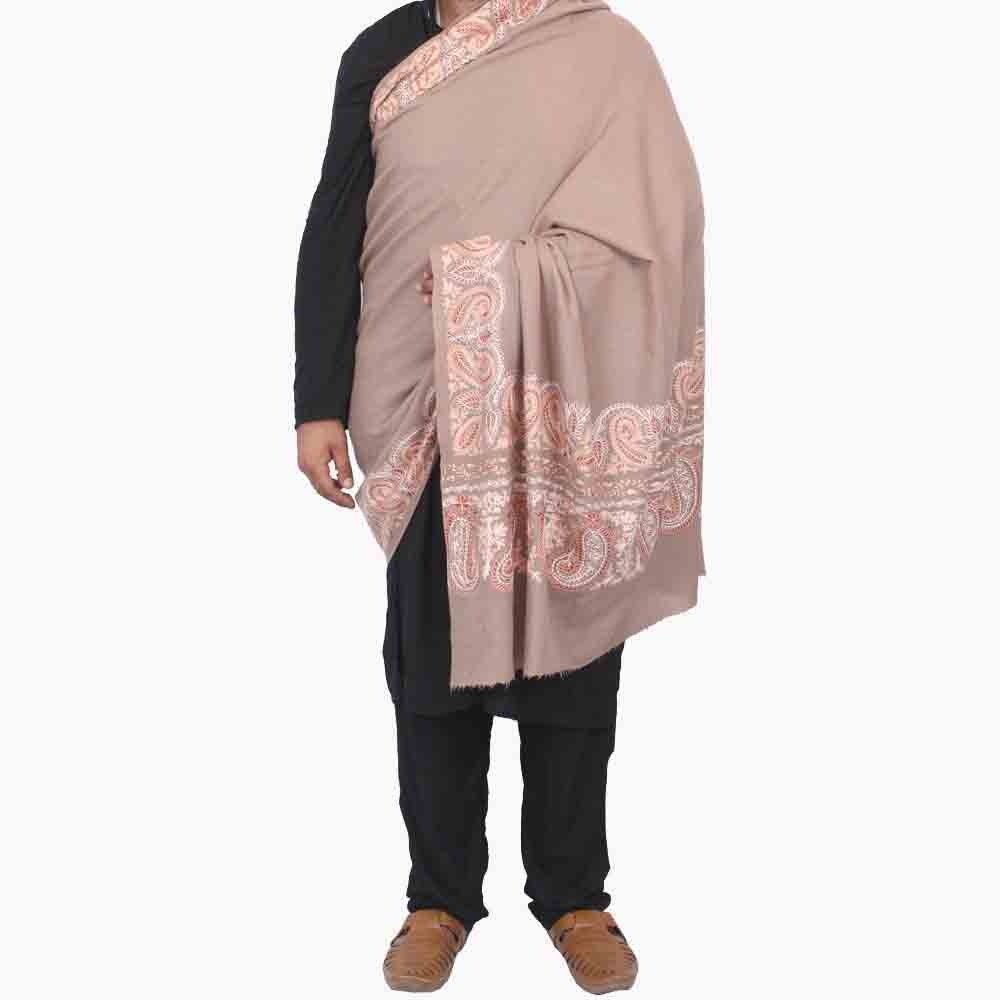










 Women
Women Home & Living
Home & Living

































































